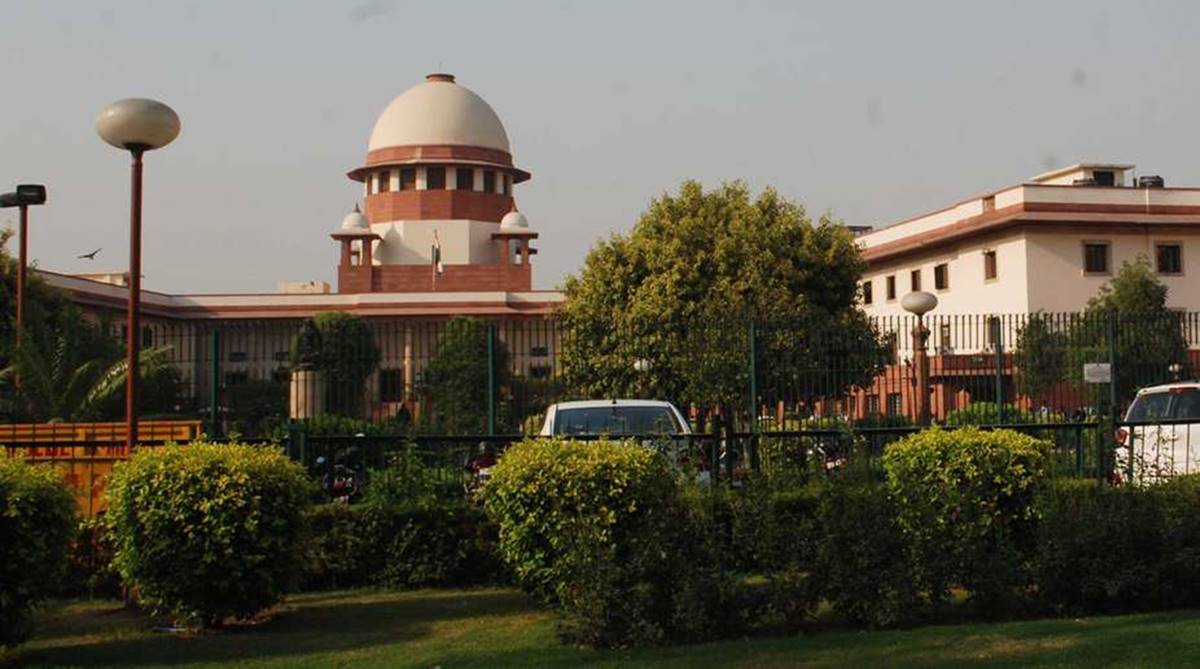In the common man’s evaluation, the “good” would be elevated to “great” if their Lordships of the Supreme Court proceeded to furnish some answers to the relevant questions they raised when reserving their judgment on the nation-crippling controversy impacting the premier national investigating agency. The filthy, politically-laced slugfest involving its top two officials might cause tongues to wag in the top-heavy environs of New Delhi, but it pales into insignificance in the light of the court’s observation that “the essence of every government action must be in the interest of the institution and to adopt the best course”.
Given the reality that many cherished institutions are crumbling under external and internal pressures, those were truly words of wisdom from CJI Ranjan Gogoi and his brother judges, SK Kaul and KM Joseph. In fact they encapsulated the dire straits in which administrative affairs are presently plunged since virtually every governmental action ~ both the Central and State governments ~ are politically-influenced, electorally-driven. What the Bench advocated as being the “essence” is being contemptuously undermined: are their Lordships in agreement with what a recently-retired “brother” said about the Chief Justice of India appearing to be “remotely controlled”? Is that the extent to which the cancer of manipulation has spread? The nation’s faith is frayed, and Alok Verma and Rakesh Asthana are only bit-players in the tragedy scripted by successive unprincipled governments.
Advertisement
When Dr Manmohan Singh was first elected to the Rajya Sabha he bought a house in Assam to “prove” he was a resident of the state: if there is truth to the present buzz, and the DMK obliges, he might soon be scanning the “for sale” column in Tamil Nadu newspapers. And by all accounts he ranks among the most decent blokes in contemporary politics.
To revert to the initial issue, the court has asked why the government chose to intervene in the CBI mess long after it was aware of trouble brewing.
There is indeed considerable scope for speculation in trying to answer the query. But since it has been raised in the highest judicial forum the speculation must end when the verdict is pronounced. And hopefully action will be initiated to place the CBI on a more firm legal footing ~ even if that will not liberate it, and other governmental agencies, from the scourge of political pollution. True that the courts cannot remedy rampant maladministration, but having created the impression that they are the last reputable institution surviving in the democracy the judiciary cannot duck little-imagined responsibilities, and “take over” some tasks of the legislature and executive. Alas, often the verdicts of the courts prove a mismatch with the observations that were made from the Bench. It would indeed be worrisome if their Lordships under-valued and equated their questions with those raised at a press conference: which the politicians and bureaucrats government consistently side-step.











